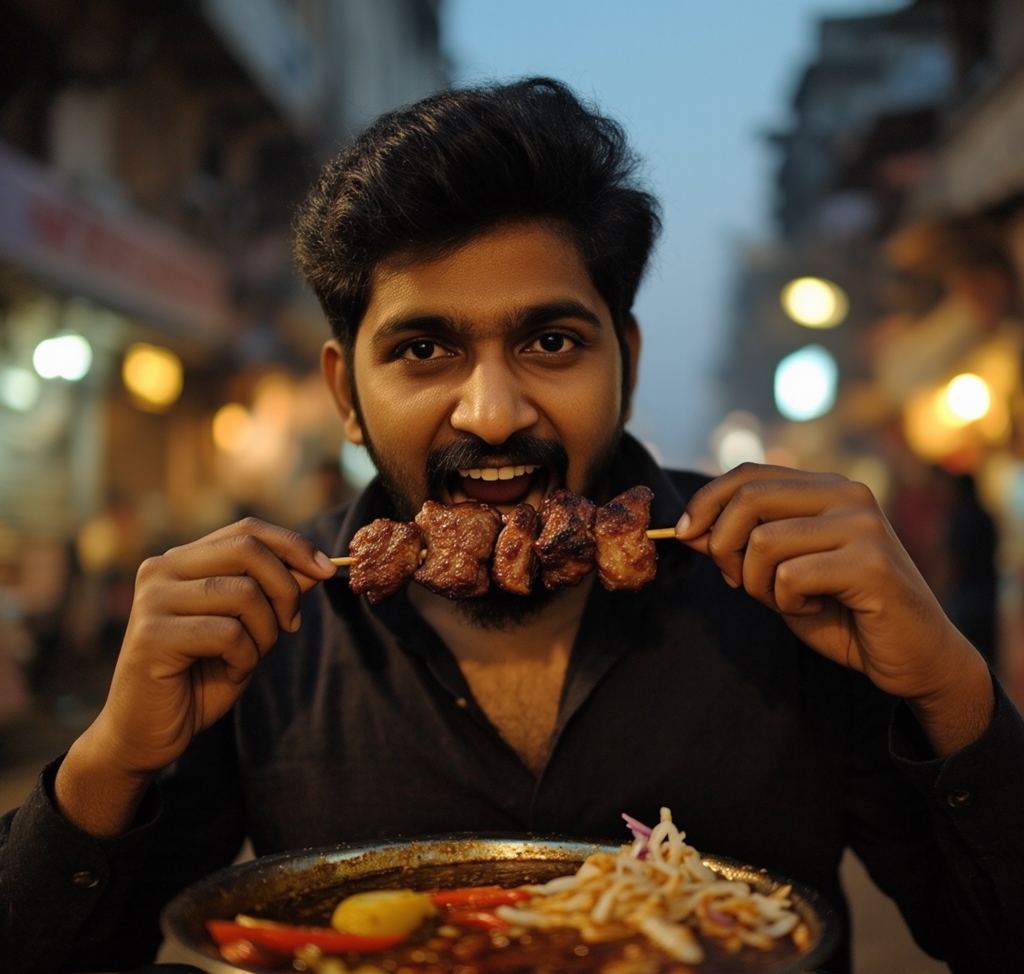A Dynamic Mix of Ancient History and Modern Life

 Quick Facts
Quick Facts
- Location: India, located in the northern part of the country, on the banks of the Yamuna River
- Population: Over 20 million (metro area)
- Best Time to Visit: October to March, during the cooler months
- Famous For: Red Fort, Qutub Minar, India Gate, Lotus Temple, Chandni Chowk, Street Food, Lodhi Gardens

 Top Attractions & Must-Sees
Top Attractions & Must-Sees
 Red Fort – A Symbol of India’s Past
Red Fort – A Symbol of India’s Past
The Red Fort (Lal Qila) is one of Delhi’s most iconic monuments and a UNESCO World Heritage Site. Built by Mughal Emperor Shah Jahan in the 17th century, the fort showcases the grandeur of Mughal architecture with its massive red sandstone walls, intricate carvings, and beautiful gardens. Explore its museums, courtyards, and the impressive Diwan-i-Aam (Hall of Public Audience), where the Mughal emperor would hold court.
 Qutub Minar – India’s Tallest Brick Tower
Qutub Minar – India’s Tallest Brick Tower
The Qutub Minar is the tallest brick minaret in the world, standing at 73 meters. This UNESCO-listed monument, built in the 12th century, is an exquisite example of Indo-Islamic Afghan architecture. The Iron Pillar, which dates back to the 4th century and is renowned for its rust-resistant properties, stands in the Qutub complex.
 India Gate – A National War Memorial
India Gate – A National War Memorial
The India Gate is a beautiful war memorial dedicated to the soldiers of the British Indian Army who died during World War I. Standing proudly in the heart of New Delhi, the gate is surrounded by lush lawns, and it becomes especially vibrant in the evening when the area is lit up. Visitors often enjoy picnics and boat rides in the nearby Rajpath and Canopyareas.
 Lotus Temple – A Symbol of Unity
Lotus Temple – A Symbol of Unity
The Lotus Temple, an architectural marvel resembling a lotus flower, is a Bahá’í House of Worship. It offers a peaceful atmosphere for reflection and meditation, and all visitors are welcome, regardless of their religion. The temple’s white marble petals are striking against the backdrop of lush gardens, making it a serene escape from the city’s hustle and bustle.
 Chandni Chowk – A Shopper’s Paradise
Chandni Chowk – A Shopper’s Paradise
Chandni Chowk is one of Delhi’s oldest and most vibrant markets. It is a bustling maze of narrow lanes lined with shops selling everything from jewelry, textiles, and spices to street food and traditional Indian sweets. The market is a sensory overload of colors, sounds, and aromas, making it a must-visit for any traveler looking to experience the heart of Old Delhi.
 Humayun’s Tomb – A Mughal Masterpiece
Humayun’s Tomb – A Mughal Masterpiece
The Humayun’s Tomb is another UNESCO World Heritage Site and the first garden tomb in India. This stunning monument, built in the 16th century, inspired the design of the Taj Mahal. The tomb is set within a large, beautifully landscaped garden and offers a peaceful retreat with its serene atmosphere.
 Lodhi Gardens – A Tranquil Escape
Lodhi Gardens – A Tranquil Escape
For a peaceful break from the city, head to Lodhi Gardens, a vast green park that features 15th-century tombs of the Lodhi dynasty. This tranquil oasis in the heart of the city is perfect for walking, jogging, or simply relaxing amidst lush greenery. It’s also popular with locals for picnics and outdoor yoga.
 Akshardham Temple – The Temple of Divine Knowledge
Akshardham Temple – The Temple of Divine Knowledge
The Akshardham Temple, opened in 2005, is a modern marvel that offers a glimpse into India’s spiritual and cultural heritage. The temple’s intricate carvings, grand central dome, and peaceful gardens make it a top attraction. The Yagnapurush Kund, the world’s largest stepwell, and the Yatra exhibition on Indian history make the temple complex a fascinating visit.
 Delhi’s Culinary Scene
Delhi’s Culinary Scene




 Getting Around Delhi
Getting Around Delhi




 Delhi as a Business Hub
Delhi as a Business Hub
Delhi is a major political, economic, and cultural center in India, and a hub for international business and trade. As India’s capital, Delhi is home to many national and multinational companies, embassies, and institutions. The Connaught Placearea is a business and financial district, while Okhla and Gurgaon (just outside Delhi) are known for their industrial and tech hubs. Delhi’s growing start-up ecosystem and its status as an important international destination make it a prime location for business and investment.
 Local Tips & Traveler Insights
Local Tips & Traveler Insights




 Explore More
Explore More


